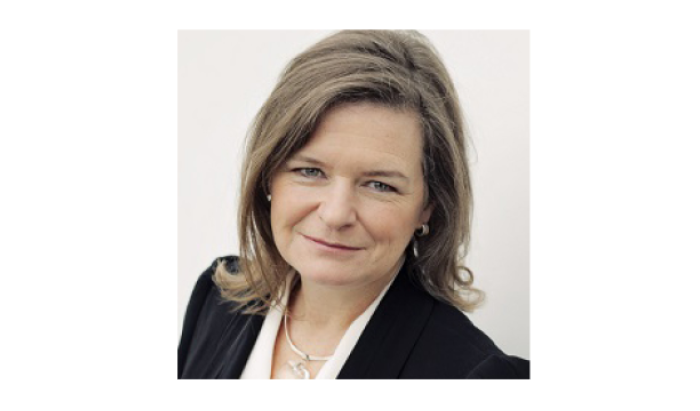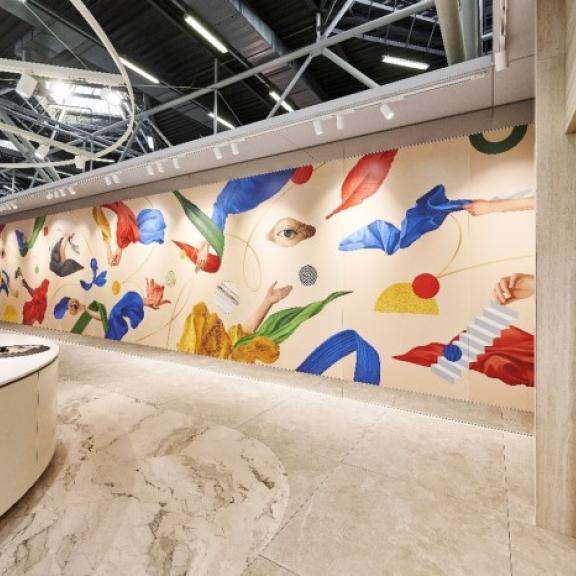Cutting Through The Jargon With BIID CPDs
Primary tabs
Associate Member Rowena Vaughan reflects on her recent attendance at the Building Safety Act Webinar

We all know that Building Regulations are complex, amended and altered to suit changing construction conditions. However, having listened to the most recent CPD given by Colin Jones (Head of Construction and Engineering at national law firm, HCR Hewitsons) for the BIID on the latest Building Safety Act 2022's new regulations, I do believe that interior designers need to be fully aware of the Building Safety Act 2022 and its implications to our profession.
The Building Safety Act 2022 has come about as a direct result of the Grenfell Tower fire. Its aim is to make clients, designers, contractors and manufacturers of construction products liable for causing building safety issues. Also to ensure competency in the professionals and contractor engaged on projects, making sure that all involved are aware of their duties and ensure that liability cannot be ducked.

In precis, and with no claim to accuracy as the changes are so wide ranging with considerable impact on our profession, I outline a few of the main issues that I gleaned from this CPD. The changes will apply to any work to which the Building Regulations 2010 apply. Duty holders are those who commission building work and who participate in the design construction process.
- If you are engaged by a client to assist in overseeing the works to a property, you will have to make sure that you and any people you recommend have the relevant competency (the necessary skills, knowledge, and experience) or these duties must be passed on to another designated duty holder.
- All persons working on a project will have to be able to demonstrate competency, by relevant training and qualifications, membership of a trade or professional body, having relevant experience, compliance with BSI competency standards or adopting competency standards framework relevant to their discipline.
- Liability for non-compliance – a breach of the duty holders’ duties will be a criminal offence.
- The new regulations only apply where Building Regs apply to a projected which started on site after 1st October 2023.
- The act introduces the concept of Building Liability Orders – extends liabilities of one body corporate to associates, making them jointly and individually liable. An associate is one related via a control structure, such as a parent or sister company, but this means that liabilities cannot be restricted to the company with original responsibility for the building safety issue.
- Imposes greater liability on manufacturers and suppliers of products, and those who supply in the sense of specifying for use. .
- Designers should not start work unless they are satisfied the client is aware of their duties.
- To take all reasonable steps to ensure that if built, the designed work will comply with all relevant requirements.
- To consider and account for the compliance of other elements of the design.
- One of the main points of civil liability is a new duty on those providing new/refurbished dwellings, with a 15 – 30-year retrospective liability limit for defects which render the dwelling unfit for habitation. . How this will impact interior designers and the products they specify has yet to be clarified. There are other extended 15 year liability periods where a breach of the building regulations results in harm, whether the building is residential or commercial.
- The extended liability will obviously affect the professional insurance that interior designers have.
I would recommend that all members look at this CPD to make themselves aware of the changes coming through. View the webinar here.

The BIID offers many exciting opportunities to develop professional practice with CPD hours.
Recording your CPD regularly throughout the year alleviates the stress of compiling your annual report in one sitting. To help our members in achieving this, we have set out the following handy hints
- Upon registering for a CPD activity, add it to your diary. TOP TIP: Make a note on whether the activity is structured or unstructured and the length (in minutes and hours) of the activity. Colour coding your diary will help you find important information quickly.
- Set reminders to add your completed CPD training to your tracker, this could be weekly, monthly, or quarterly. Or, add it to your tracker as soon as you complete!
- Check your tracker to see how many hours you have remaining to complete for the year. If you’ve outstanding hours, book more CPDs in to make sure you reach the minimum by the cycle submission date. Remember: CPD can be sourced from external organisations and can be of any length.
- Consider joining up with other interior designers and booking CPDs together, or dedicate time to CPD training for your team
- The annual CPD Requirement for BIID Registered Interior Designers is 10 hours of structured and 10 hours of unstructured learning, and the CPD Cycle date is 1st April to 31st March. Members have until the last Friday of April to submit their CPD Reports.
For more information on the requirement, and exemptions, please visit our Continuing Professional Development and the BIID webpage
To see all the CPDs available on the BIID CPD Providers Directory please click here. You can also head to the Member's Area for members only webinars and resources.
The BIID thanks guest writer Rowena Vaughan, and Colin Jones for delivering the webinar and reviewing the above.
Discover the BIID's progress with the 2021-2024 sustainability strategy
Don't miss the return of the BIIDs annual members event.
BIID President May Fawzy introduces the new three year strategic plan
The BIID Student Drawing Competition has now launched for 2024
Platinum Partner Iris Ceramica Group tells us about the sustainable solutions shaping the interior design industry
Learn more about the designers and projects that won BIID Interior Design Awards





